A Brief History of Automotive Electronics Technology
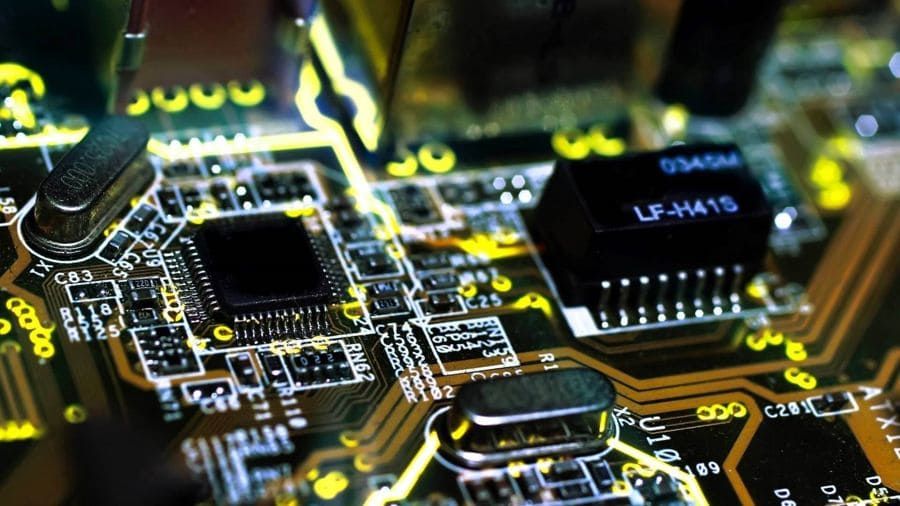
The development of automotive electronics has changed the game for car technology, turning an automobile from a pure mechanical machine into a computer-controlled vehicle. In the last century, electronics have transformed vehicle functionality, safety, efficiency and connectivity. This article follows the evolution of automotive electronics from early electrical systems to the modern ecosystem of smart vehicles with connectivity, autonomous driving technology, and beyond, as well as looks at what the future holds for the next generation of vehicles.
1. Basic Electrical Systems (1900s–1950s)
The early cars were mechanical things, with hand cranks for starting and magnetos for ignition. The origin of automotive electronics began in the early 20th century with the advent of the electric car. One of the most important early innovations was the electric starter, introduced by Cadillac in 1912, which eliminated the dangerous hand cranking. By around the same era, electric lighting systems would supplant acetylene lamps and at night, while improving visibility, safety also would be improved.
No further progress was made until the 1930s and 40s, when other innovations appeared, such as the car radio in 1930 (Motorola), providing entertainment in the vehicle. Buick debuted the first turn signals in 1939, before that, drivers used their hands to signal which way they were about to turn. Voltage regulators where also introduced at this time to guarantee better charge for the battery and protection against overcharging.
With the 1950s, the advent of vacuum tubes was replaced by transistorization, and with it more reliable discharges. Another significant development was the first electronic fuel injection (EFI) system made by Bosch in 1951; the technology took several decades before becoming standard in production cars.
2. The Revolution in Microprocessing (1960s 1980s)
The 1960s were the dawn of a new age as microelectronics began to find their place in cars. The alternators replaced DC generators, which were more efficient in generating power for new and more elaborate electrical systems. Electronic ignition systems also started replacing mechanical distributors, adding to the reliability and performance of the engine.
By the 1970s emissions became tighter and tighter until the auto manufacturers were forced into the age of electronic engine control units (ECUs) so that they could control fuel delivery and ignition timing more precisely. Digital dashboard displays first appeared in high-end concept cars and luxury lines, such as the mid-1970s Aston Martin Lagonda, in which LED-based digital instruments were incorporated.
By the 1980s microprocessor-based fuel management systems allowed for improved management of power and emissions while providing better fuel economy. Safety also advanced by leaps and bounds when Anti-lock Braking Systems were first developed by Mercedes-Benz and Bosch in 1978. Important advances also included the debut of on-board diagnostics, or OBD-I, which enabled mechanics to diagnose engine problems more quickly.
3. The Era of Computing and Telecommunications (1990s–2000s)
The 1990s also brought rapid gains in digital technology which begat smarter and more connected vehicles. The introduction of electronic stability control (ESC) by Mercedes-Benz and BMW in the mid-1990s dramatically lowered the rate of accidents involving skidding. Airbag technology also advanced, relying on more sophisticated sensors to determine when best to deploy in a crash.
With the introduction of hybrid-powered vehicles in the late 90s and early 2000s, this trend advanced even further. The initial Toyota Prius, available from 1997, contained some very advanced power electronics, including regenerative braking to spare regenerative energy. But Electronic Stability Programs and advanced traction control slowly became standard with the 2000s and magnitude then improved vehicle safety.
4. Modern Age(2010s–Present)
The automotive electronics world has experienced rapid change and explosion during the last ten years influenced by advancements in AI, connectivity, and EV technology. In many cars today, advanced driver-assistance systems (ADAS), such as adaptive cruise control, lane-keeping assist and automatic emergency braking, are standard, helping to keep the road safer for drivers and all other users.
From electric starters and rudimentary ignition systems to AI-powered self-driving cars, the history of automotive electronics is a rich one. With every technological jump, drivers and riders experience a quantum leap in safety, efficiency and how they use the roads. And as we head into a future of Internet of Things (IoT) connected and autonomous vehicles, electronics will be a key enabler for automotive innovation, helping us to envisage and realize smarter, safer, and more sustainable transportation.
 Disclaimer:
Disclaimer:
The content provided on our blog site traverses numerous categories, offering readers valuable and practical information. Readers can use the editorial team’s research and data to gain more insights into their topics of interest. However, they are requested not to treat the articles as conclusive. The website team cannot be held responsible for differences in data or inaccuracies found across other platforms. Please also note that the site might also miss out on various schemes and offers available that the readers may find more beneficial than the ones we cover.
Related Websites
-
 Automotive
AutomotiveWhy Choose SpeeDee Oil for Your Vehicle?
If you want to last longer with your car's engine, probably the most important decision you will make about it is selecting good motor oil. The endearing nature of the oil you use will effects on how your engine runs, its life span and fuel consumption. Among the options is SpeeDe Oil, areal performerfearsno cold temperature. -
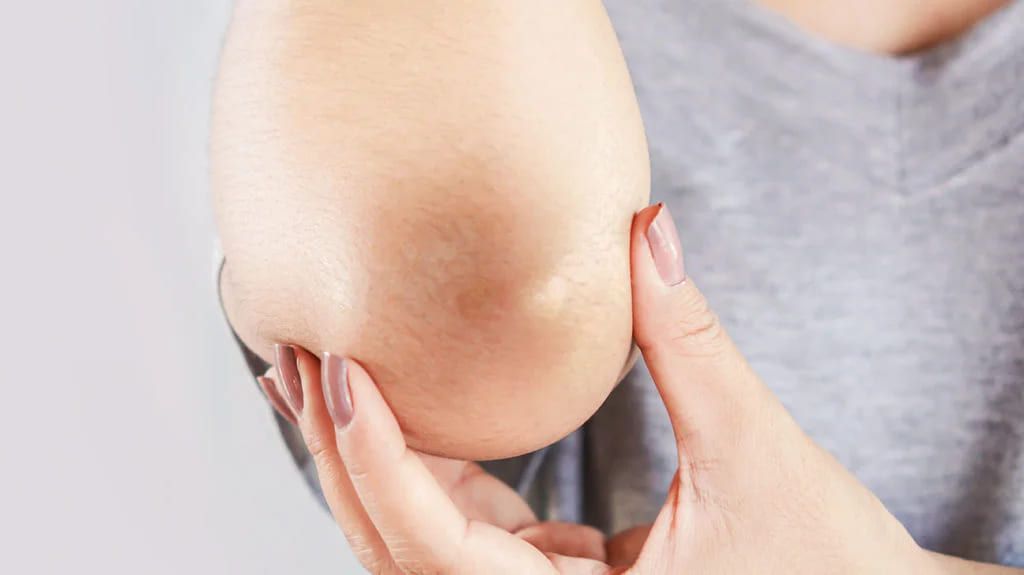 Health & Wellness
Health & WellnessThings to Do About Darkened Joints: Causes and Solutions
For most people, darkened joints, also known as hyperpigmentation around the joints, can be quite an alarming problem. Whether it's on your knees, elbows, ankles or knuckles, this discoloration can result from a range of factors including friction, hormonal changes, skin conditions or health concerns. Although most darkened joints are relatively benign, occasionally they may be a sign of some underlying disorder, or just be cosmetically disfiguring. A knowledge of what causes itand some effective treatment options can restore even skin tone and confidence. -
 Travel
TravelUnlocking Heaven: Your Guide to Finding the Perfect Kauai Vacation Package
Kauai, the “Garden Isle”, is a stunning emerald drop in the Pacific ocean featuring dramatic cliffs of the NaPali Coast and impossibly beautiful Waimea Canyon as well as peaceful beaches, remote valleys and schools of tropical fish in its18mile long and 20mile wide waters. The planning of such a trip to this natural wonderland, can be overwhelming but if you book the right holiday package, then the mirage can turn into an affordable and hassle free reality. The secret is to look past the standard flight-and-hotel package and in turn put together a deal that plays nicely with your travel style and Kauai’s unique geography.
Featured Articles
-
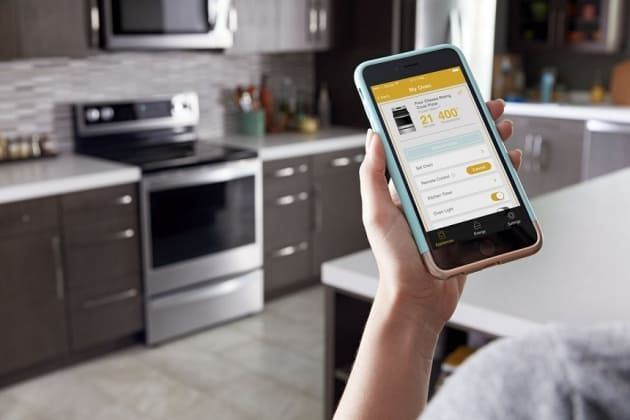 Home & Garden
Home & GardenAvoiding Pitfalls When Buying Home Appliances Online
-
 Home & Garden
Home & GardenTuf Paper Towels: Strength, Absorbency, and Reliability for Every Home
-
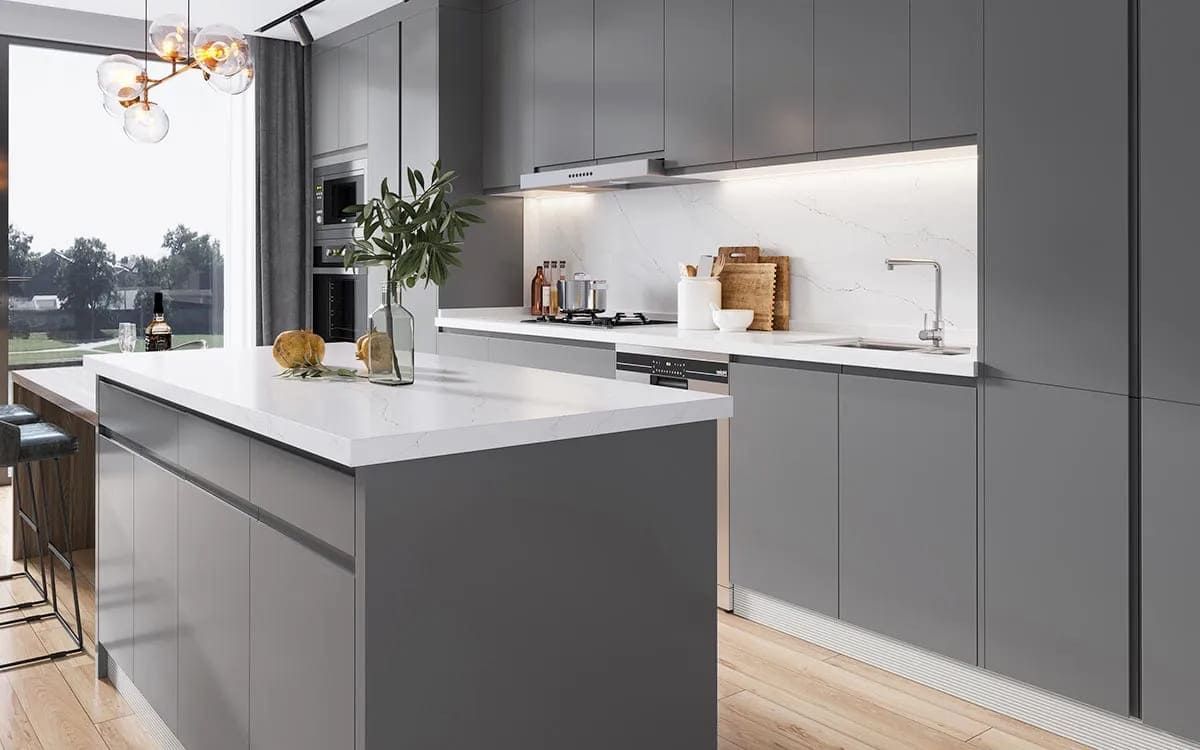 Home & Garden
Home & GardenCabinet Kitchen: The Heart of Modern Home Design
-
 Travel
TravelLast-Minute Vacations at the Best Prices
-
 Automotive
AutomotiveEvolution of the Chevy Equinox: From Theta Platform to Modern SUV
-
 Travel
TravelTaking a Mississippi River Cruise: An Unforgettable Experience
-
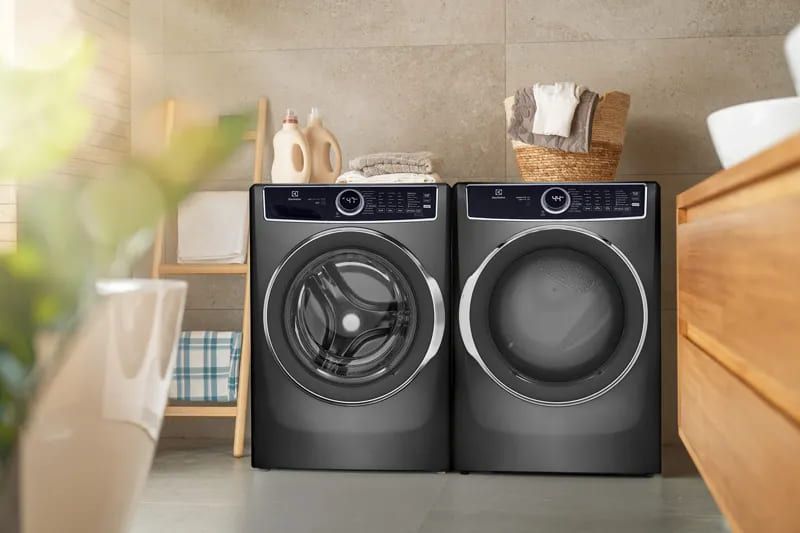 Home & Garden
Home & GardenUltimate Guide to Choosing a Washer and Dryer
-
 Home & Garden
Home & GardenThe Modern Marvel: How Adjustable Beds Are Redefining Comfort and Wellness








